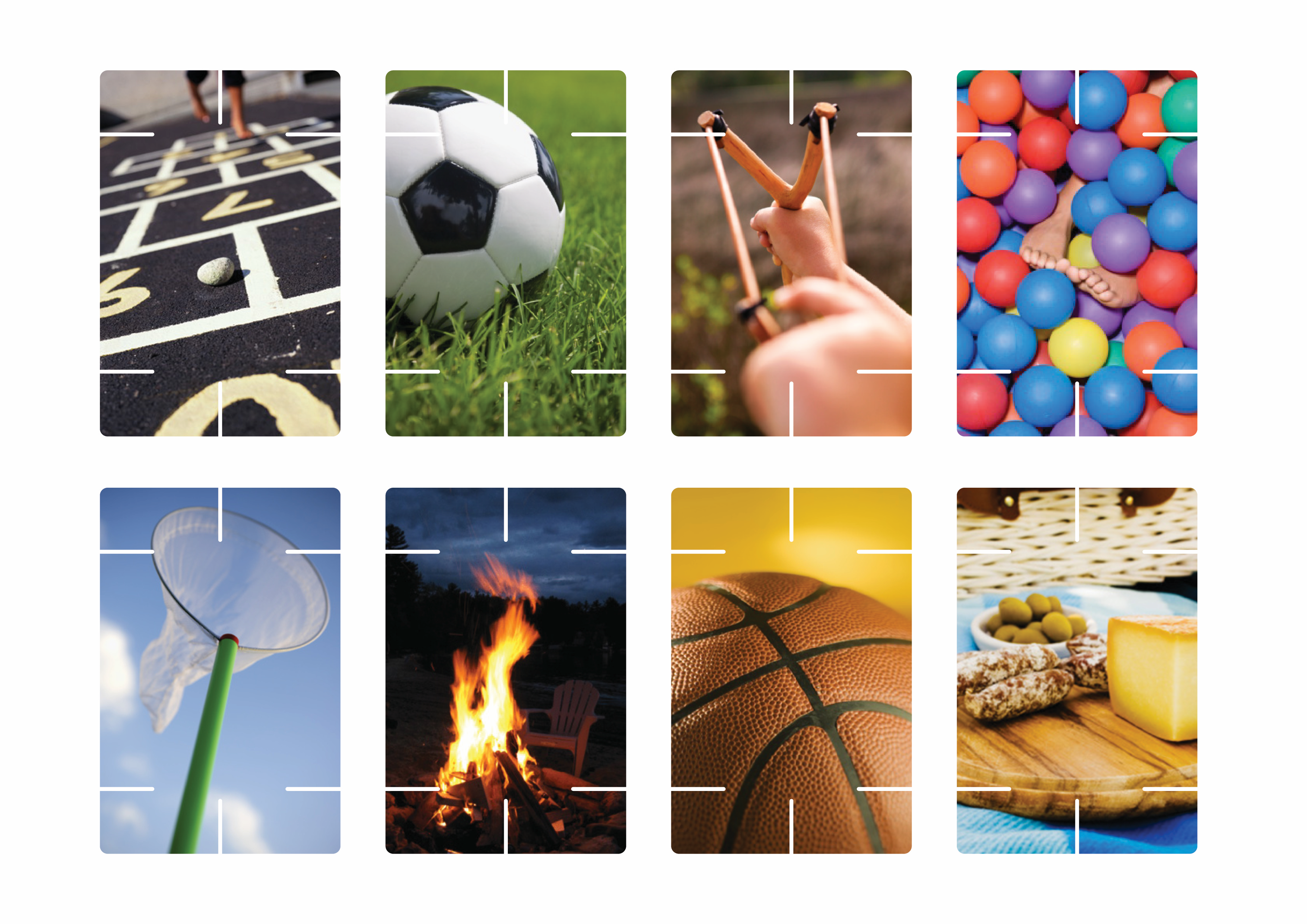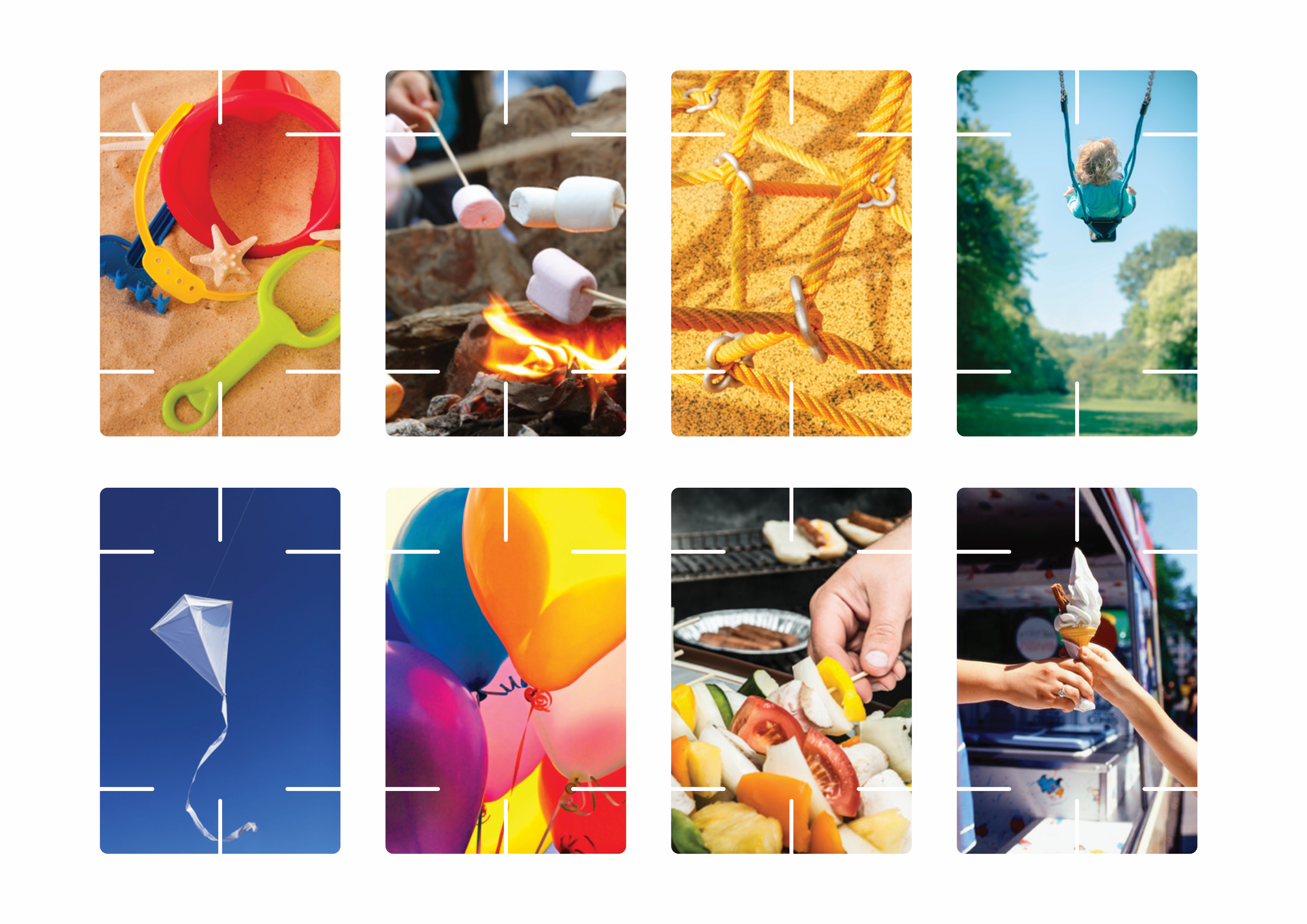Hospital Heights: a three-dimensional version of Top Trumps
2014
AHRC-funded (AH/L009366/1)
with Caroline Claisse and Xinglin Sun
This was a boardgame that was created as part of the Arts and Humanities Research Council (AHRC) funded Videogames for Hospitalised Children Network. At the time of the project in 2014 UK hospital play tended to focus on physical toys and play with very limited innovation in digital play. Our network was exploring wider possibilities for play by bringing together, academics focused on play, hospital play specialists and videogames designers and developers to understand the need and combine expertise. Arts and design methods were used as a means of sharing expertise across the three areas, and one of the key final network themes was materialised as a sculptural card game called Hospital Heights. Specifically, this was concerned with crossovers between spaces inhabited by children in hospitals and their missed sites of play.
In relation to this we created a sculptural version of Top Trumps which merges key trump rules with Eames’ House of Cards. Firstly, the Top Trumps part of the game uses images and ranking related to either hospital spaces or play in other sites such as the home, parks, natural and urban areas. The House of Cards part means that once the cards have been won, they can be built into a sculpture. We added slots to make it easier to form more elaborate structures. Further, once the player wins a round of trump cards, they can choose from a selection of small-scale figures and object to customise the spaces they build.
How to Play
Game Pieces
-A pack of slotting playing cards (see below). Each card is printed on a thick material to allow players to build a structure.
-A small pack of Risk cards.

-Small-scale figures and play props of people, street furniture, play equipment, pets etc. (provided). The figures are painted in the six different colours that match the categories on the playing cards (This is explained in more detail later).
Number of players
2+ players (although the larger the number of people the smaller the sculptural building potential).
Rules
1. Deal the cards equally between the players. Each player places the cards in a pile in front of them with the pictures face up and the categories face down. Before starting the game, each player picks a Risk card that they keep a secret and place to one side.

2. Player 1 starts by picking a card from the top of his/her deck and reading out a category from the reverse side of the card that they think will allow them to beat the other players (highest number wins). If the player wants to play safe, he/she will choose the category in which he/she has the highest score. However, to take a risk the player can choose the same the category featured on their Risk card. In this way if the player wins with the category which is featured on the Risk Card their end score will be doubled.
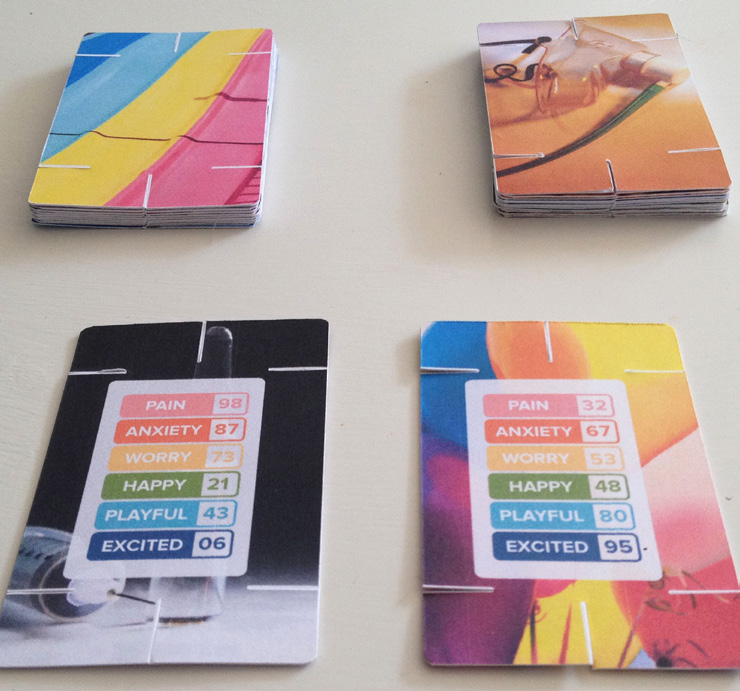
3. The player with the best or highest value in the category
chosen wins the other players’ cards and pick one small scale model from the pile of the same colour as the category in which they won the round (e.g. if player wins with "worry" category, she/he will pick a pink figure)
chosen wins the other players’ cards and pick one small scale model from the pile of the same colour as the category in which they won the round (e.g. if player wins with "worry" category, she/he will pick a pink figure)
4. The winning player of the round uses the cards won to start a sculpture making it bigger and more interesting each time they win a round. Adding the small-scale models to the sculpture as they go along.
5. Steps 2-4 are repeated with the winning player of the last round calling out a category from their next card. If they lose the round, it becomes another players’ turn to call out a category score of their choosing.
6. If two or more cards share the same value data, then all the cards are placed in the middle and the same player chooses again from the next card. The winner of the hand takes the cards in the middle as well.
5. Steps 2-4 are repeated with the winning player of the last round calling out a category from their next card. If they lose the round, it becomes another players’ turn to call out a category score of their choosing.
6. If two or more cards share the same value data, then all the cards are placed in the middle and the same player chooses again from the next card. The winner of the hand takes the cards in the middle as well.


7. When players run out of cards it is time to count the little figures placed in their model that they have won.
8. Players reveal their special card and can double the count of any small-scale models of the same colour.
8. Players reveal their special card and can double the count of any small-scale models of the same colour.




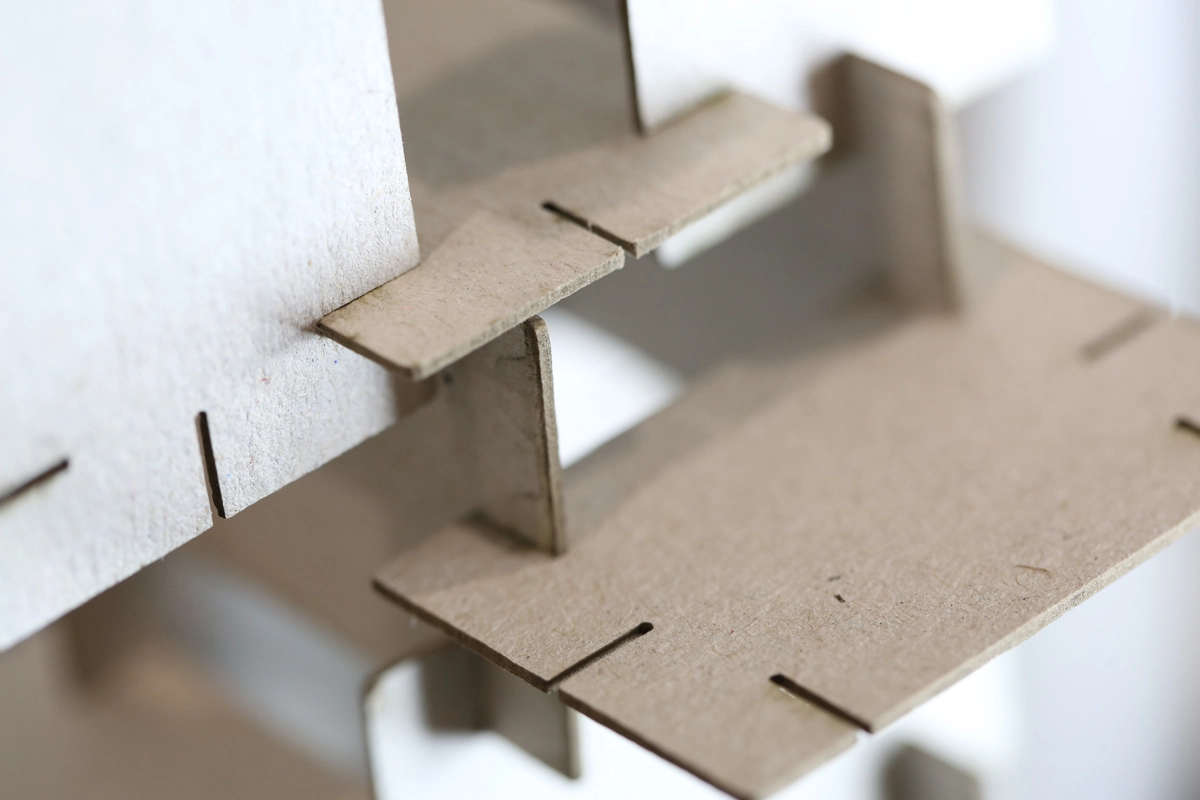
W00t Play Festival
We took Hospital Heights to the W00t Play Festival in Copenhagen to let others try it out. The general feedback was that the game needed a twist to allow losing players to have the chance to make a come back.
Card Decks
Slotting Cards: Reverse side



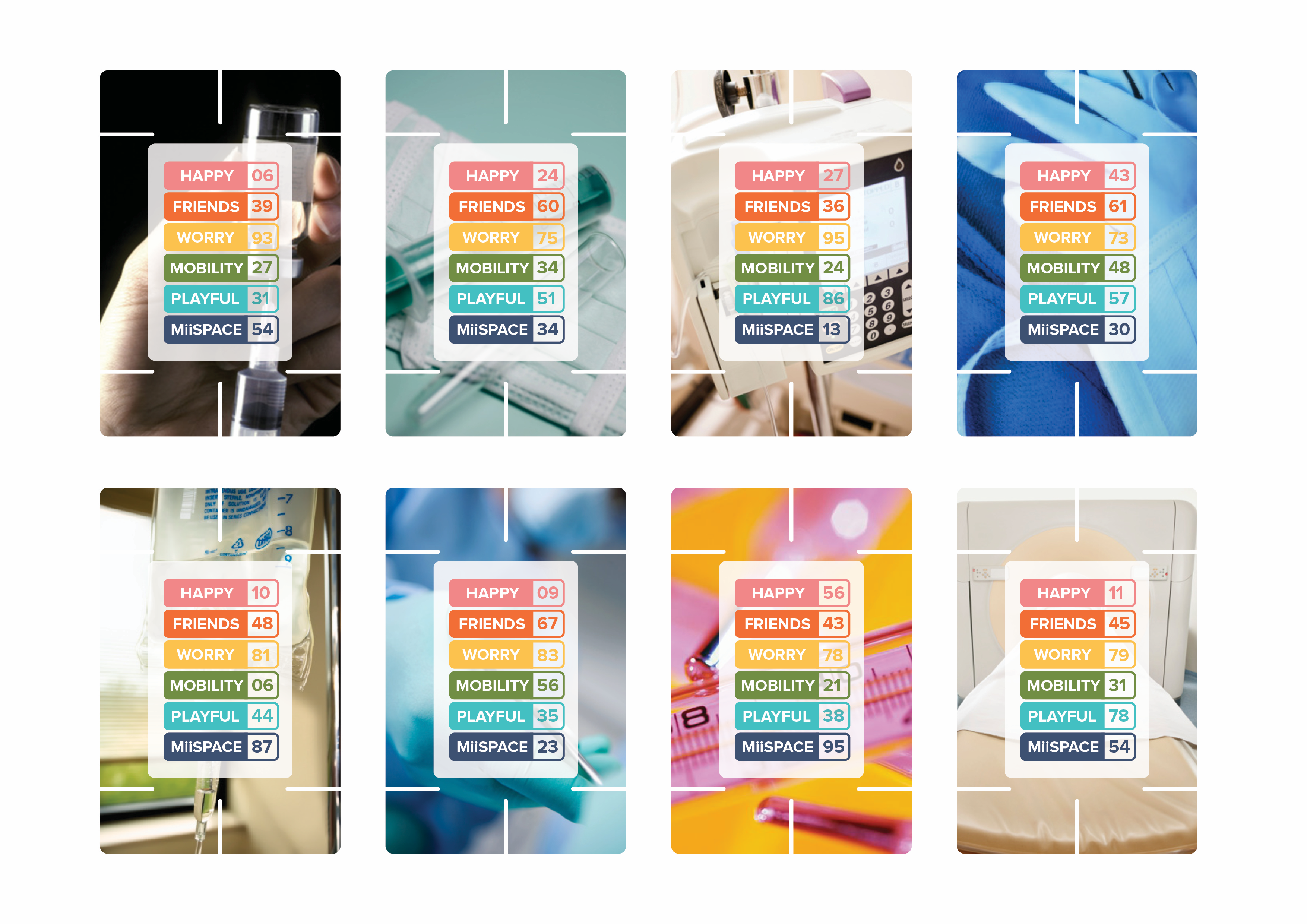
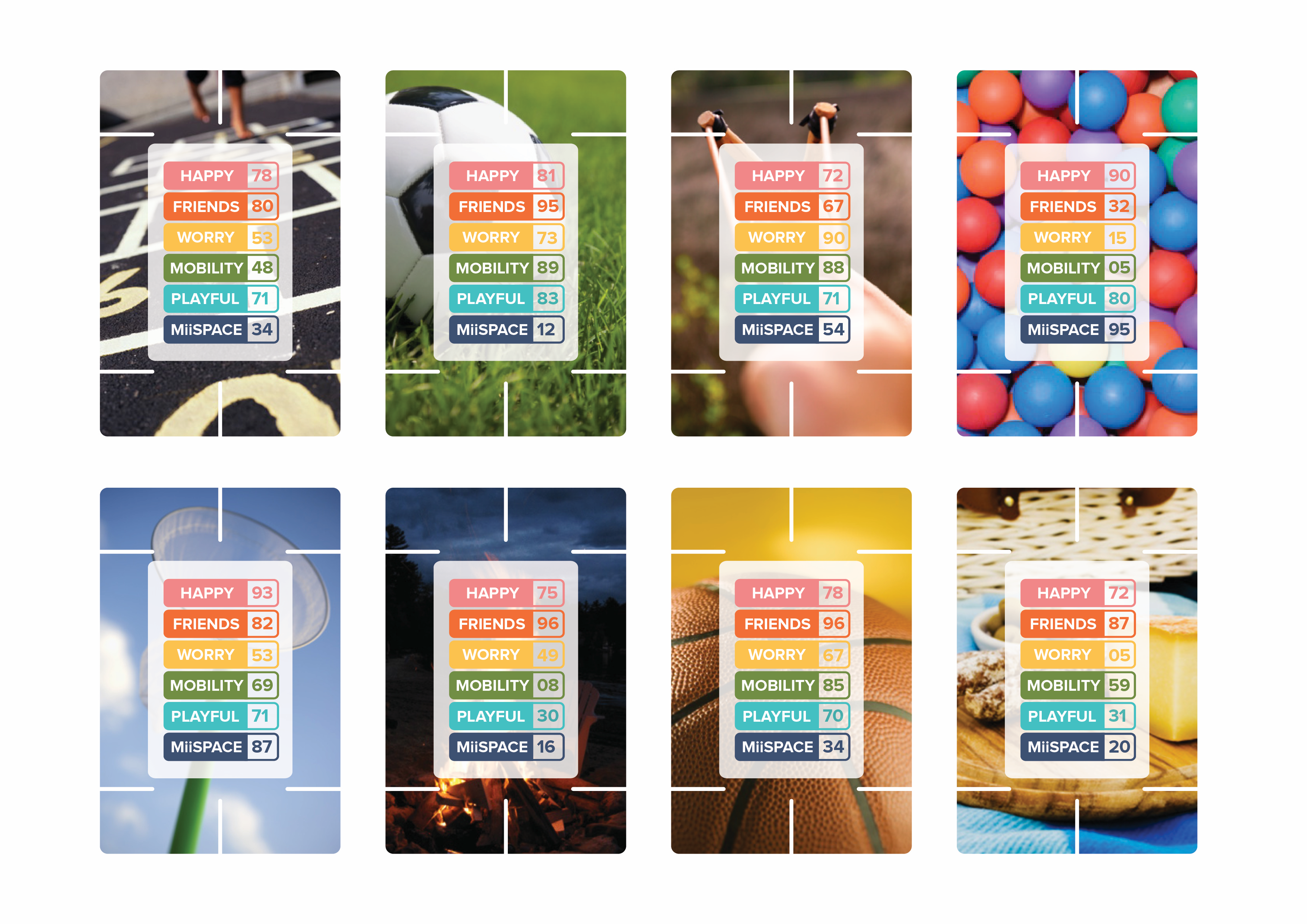
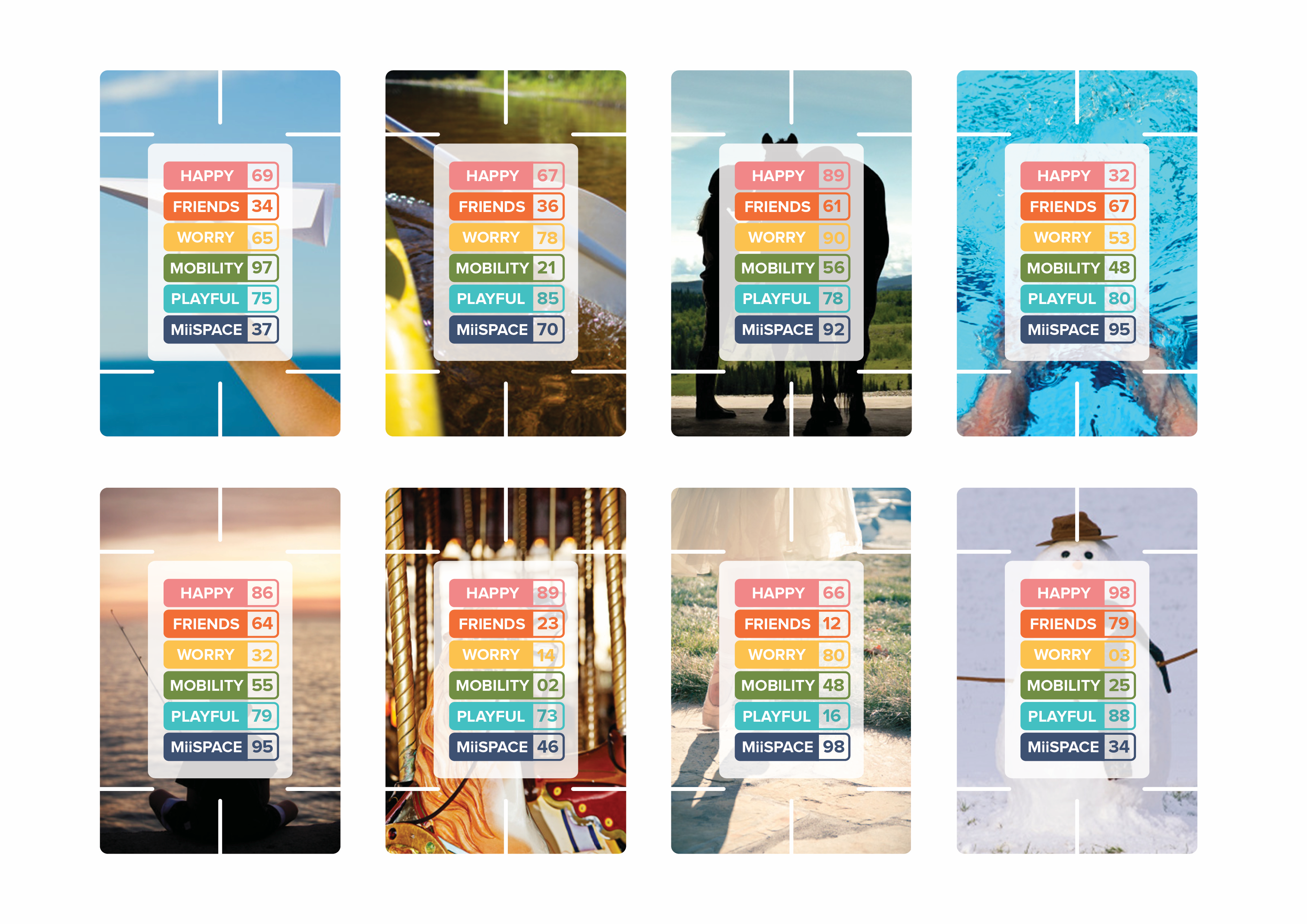

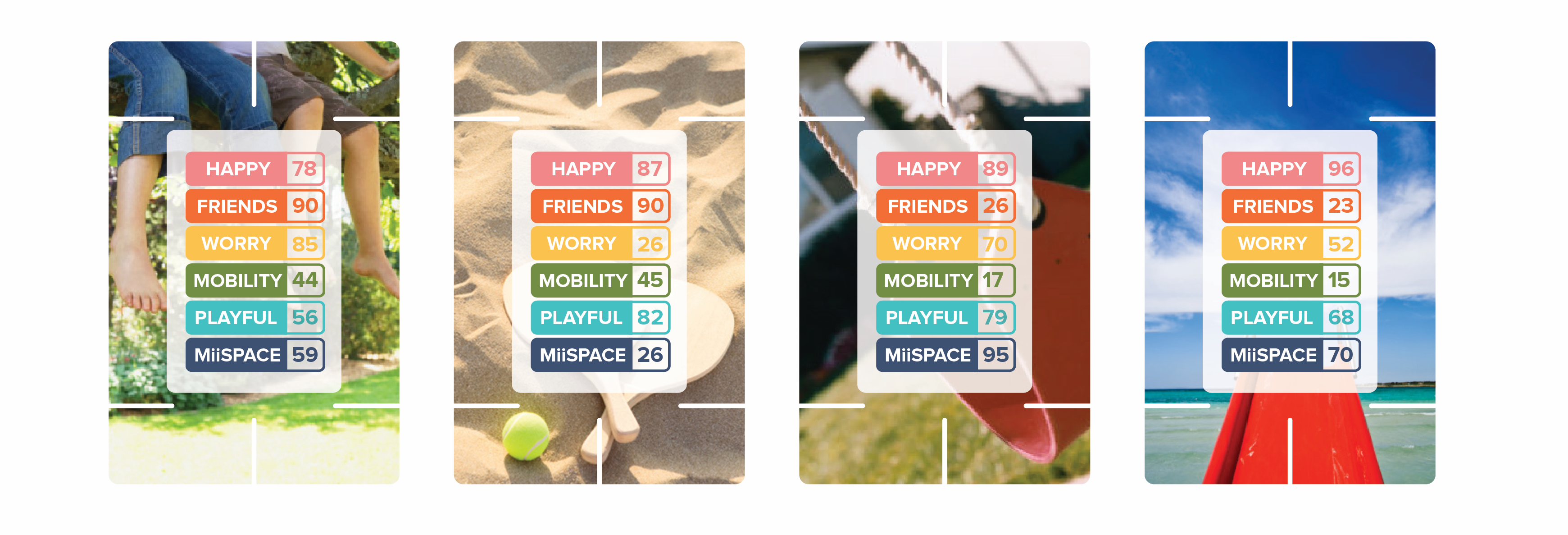 Slotting Cards: Top Side
Slotting Cards: Top Side


